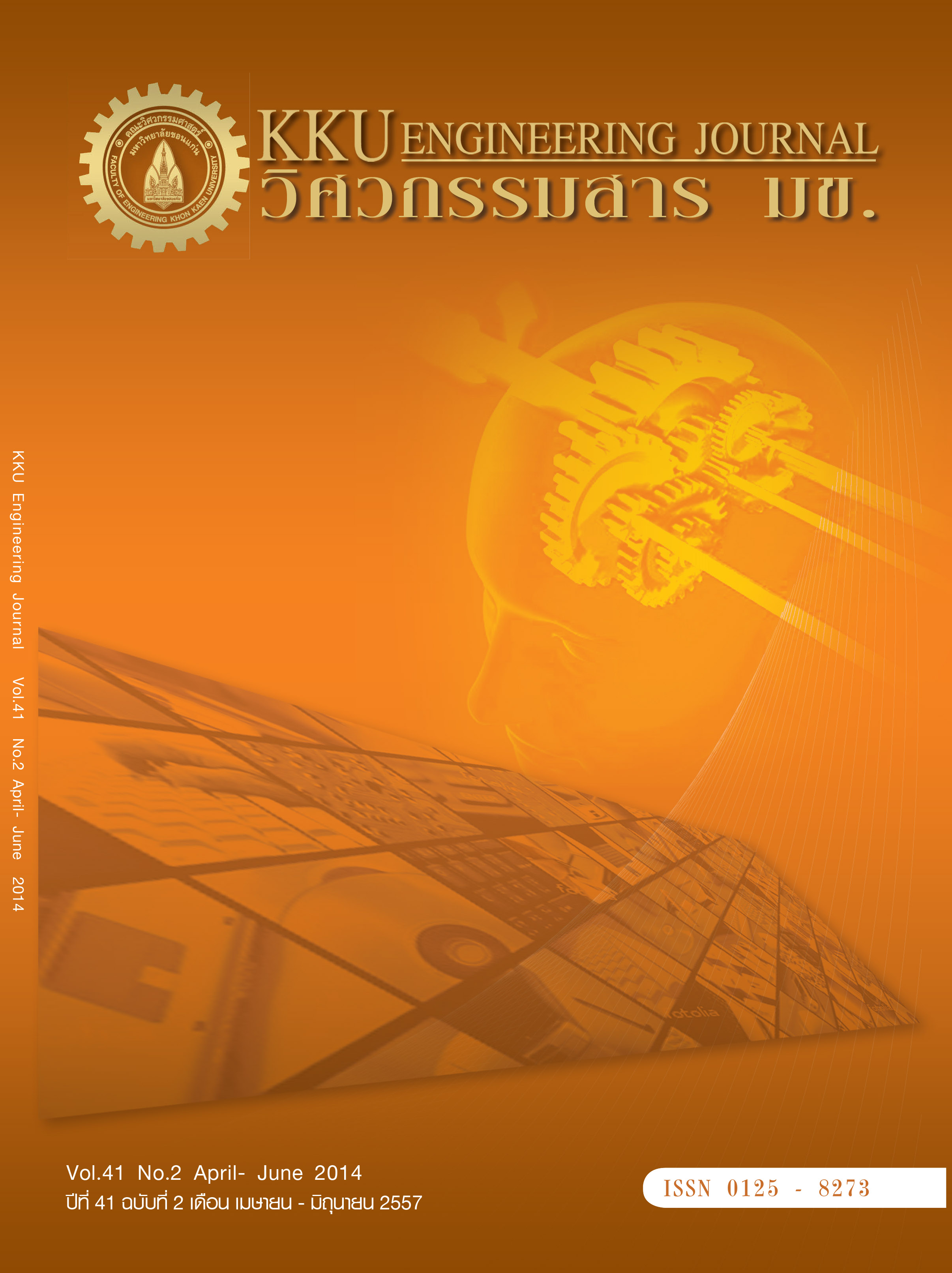Development process for integrated water resources management plan under a bottom-up participation perspective
Main Article Content
Abstract
This article presents the development process for the integrated water resources management and
development plan of Maha Sarakham Province by considering the priority and urgency of water problem
issues. Gathering feedback from stakeholders and prioritizing water management and development projects
are also taken into consideration. In view of integrated plans, the project is classified into short-, medium- and
long-term plans with the project duration of 2 years, 3 years and 5 years, respectively. In this case, the plans
can be categorized into proposed provincial and local plans. Firstly, the comprehensive provincial plans can
be divided into 2 groups, i.e. district plans with the total number of 532 plans, which comprise of 505 projects
for coping with drought and 27 projects for flood mitigation, and provincial plans from 13 agencies with the
amount of 513 projects, which include 396 projects and 117 projects for dealing with drought and flood,
respectively. Secondly, there are 4,099 of local plans to be put in place, in which 3,973 projects and 126
projects are proposed to handle drought and flood problems, respectively. From the analysis, it is found that if
all planned drought relief projects are implemented, the water demand for domestic and agricultural needs
could be covered by 96% and 51%, respectively. In case of the entire proposed flood alleviation projects are
executed, 29% of the total flood prone areas can be effectively protected.
development plan of Maha Sarakham Province by considering the priority and urgency of water problem
issues. Gathering feedback from stakeholders and prioritizing water management and development projects
are also taken into consideration. In view of integrated plans, the project is classified into short-, medium- and
long-term plans with the project duration of 2 years, 3 years and 5 years, respectively. In this case, the plans
can be categorized into proposed provincial and local plans. Firstly, the comprehensive provincial plans can
be divided into 2 groups, i.e. district plans with the total number of 532 plans, which comprise of 505 projects
for coping with drought and 27 projects for flood mitigation, and provincial plans from 13 agencies with the
amount of 513 projects, which include 396 projects and 117 projects for dealing with drought and flood,
respectively. Secondly, there are 4,099 of local plans to be put in place, in which 3,973 projects and 126
projects are proposed to handle drought and flood problems, respectively. From the analysis, it is found that if
all planned drought relief projects are implemented, the water demand for domestic and agricultural needs
could be covered by 96% and 51%, respectively. In case of the entire proposed flood alleviation projects are
executed, 29% of the total flood prone areas can be effectively protected.
Article Details
How to Cite
Kuntiyawichai, K., Sri-Amporn, W., & Plermkamon, V. (2014). Development process for integrated water resources management plan under a bottom-up participation perspective. Engineering and Applied Science Research, 41(2), 163–171. retrieved from https://ph01.tci-thaijo.org/index.php/easr/article/view/21782
Issue
Section
ORIGINAL RESEARCH
This work is licensed under a Creative Commons Attribution-NonCommercial-NoDerivatives 4.0 International License.



